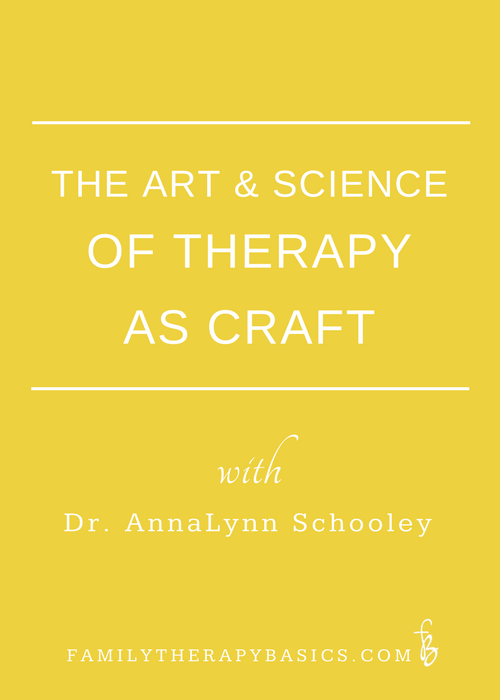One of the main roles of a group therapist is establishing the group's culture. Group culture is influenced by the group's structure (i.e., a closed vs. an open group), meeting schedule, and explicit and implicit rules. Both group members and therapist contribute to the culture over time; however, the therapist plays the lead role in setting both the tone and structure of the group.
Read moreThe Art and Science of Therapy as Craft, Part 2: Crafting Questions
For this week's video chat, Dr. AnnaLynn Schooley returns to discuss therapy questions as an intentional craft, and she covers four basic question types: single answer, open, closed, relational, and circular.
Read moreTherapist Self-Disclosure Simplified
Self-disclosure is a touchy subject among therapists. Some therapists never self-disclose, while others feel stifled by having a rigid boundary around self-disclosure. As I consider self-disclosure in therapy, I ask myself, “When is self-disclosure appropriate?” “How does self-disclosure deepen the therapist-client connection?"
Read moreThe Art and Science of Therapy as Craft
Dr. Anna Lynn Schooley, professor and family therapist, joined me recently for a conversation about therapy as a craft. AnnaLynn is a professor, clinical supervisor, licensed therapist in mental health and marriage and family therapy. She identifies as a family therapist; as a result, our chat leans toward a systemic view of therapy and clients.
Recently, I have been hearing more and more that master therapists view therapy as a conversational craft. Bill Doherty mentioned it in a talk he gave in November of 2016, and Elliott Connie also emphasizes this point. I invited AnnaLynn to discuss this topic, because she is a master therapist and teacher.
Read more



